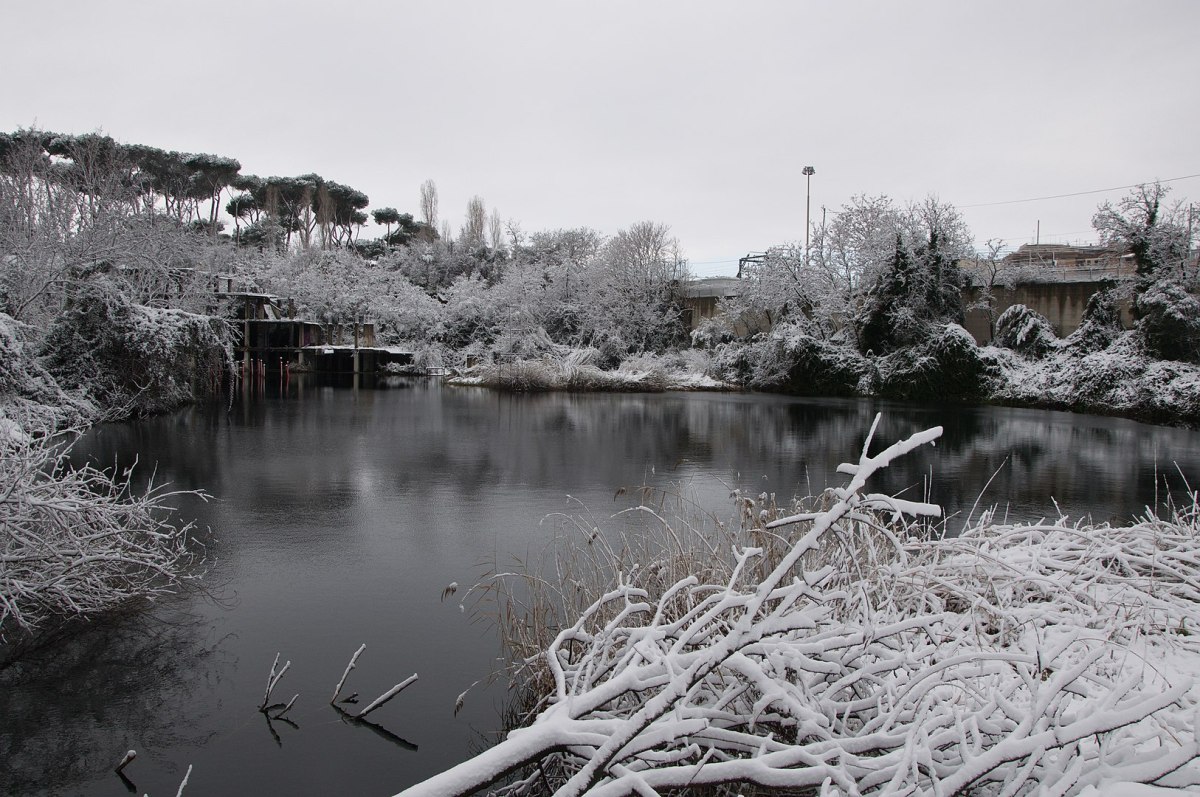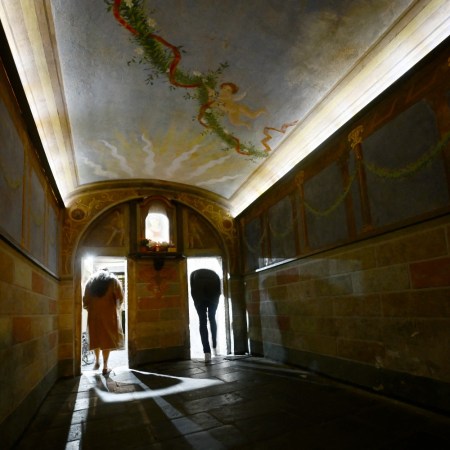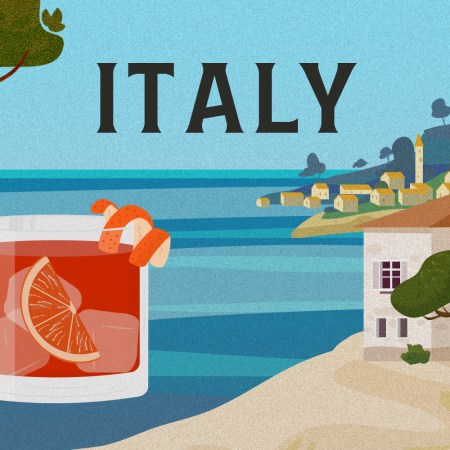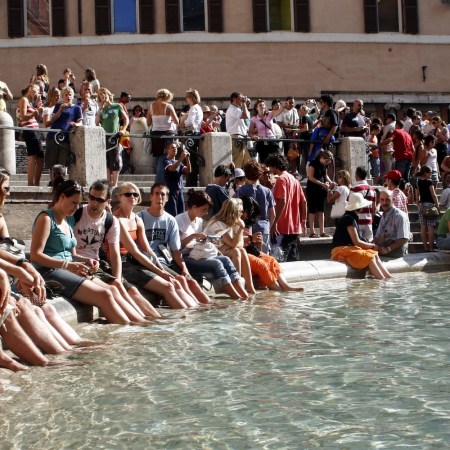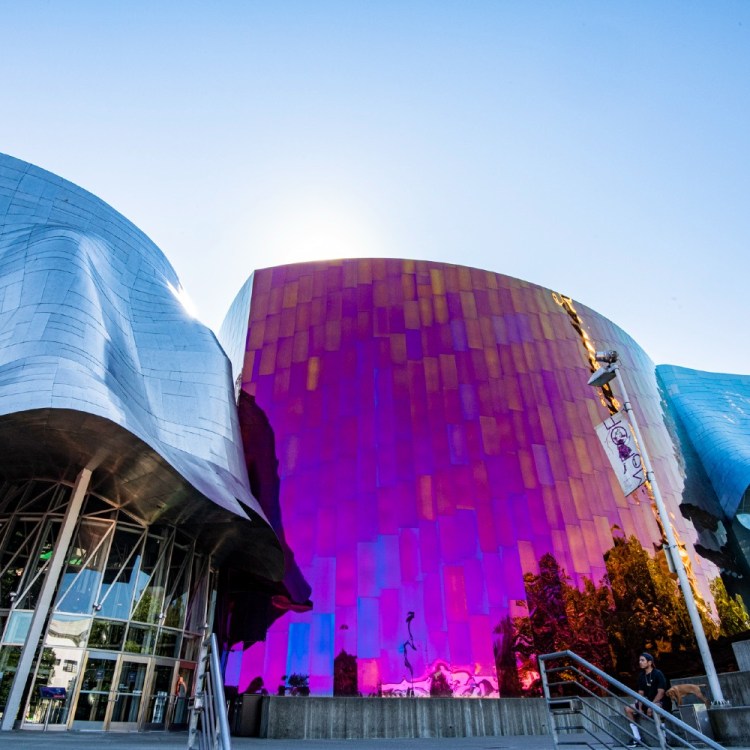What happens when digging at a construction site accidentally hits an aquifer? For the residents of the Roman neighborhood of Pigneto, that’s not a theoretical question. In the 1990s, a construction project near the Colosseum led to a lake developing where there had previously been dry land. And, according to a new article by Lidija Pisker at Atlas Obscura, this new body of water has had a transformative effect on the area around it.
A New York Times article offers a portrait of the neighborhood circa 2014. “By day, locals shop for produce and sip cappuccinos on tree-filled terraces,” wrote Sheila Marikar. “At night, crowds of tattooed and stylishly top-knotted 20- and 30-somethings flock to open-air bars and upscale restaurants.”
And there’s also the lake known as Lago Ex SNIA, among other names, which Pisker described as being the size of “roughly six Olympic swimming pools.” While the water isn’t considered safe for drinking, swimming is entirely copacetic — and the lake became a source of refuge for many locals during the pandemic. Last July, Pisker writes, the lake and some of the surrounding land were given protected status due to their role as an “ecological corridor.”
Some have dubbed Lago Ex SNIA a “rebel lake.” An article by Pisker from earlier this year in Italics Magazine noted the range of species found on the site, and pointed out the way that it’s become a muse for activists and artists in equal measure. Most construction sites don’t abruptly yield new bodies of water, but the transformative way this one has come into being makes for an unlikely inspiration on multiple levels.
Thanks for reading InsideHook. Sign up for our daily newsletter and be in the know.
